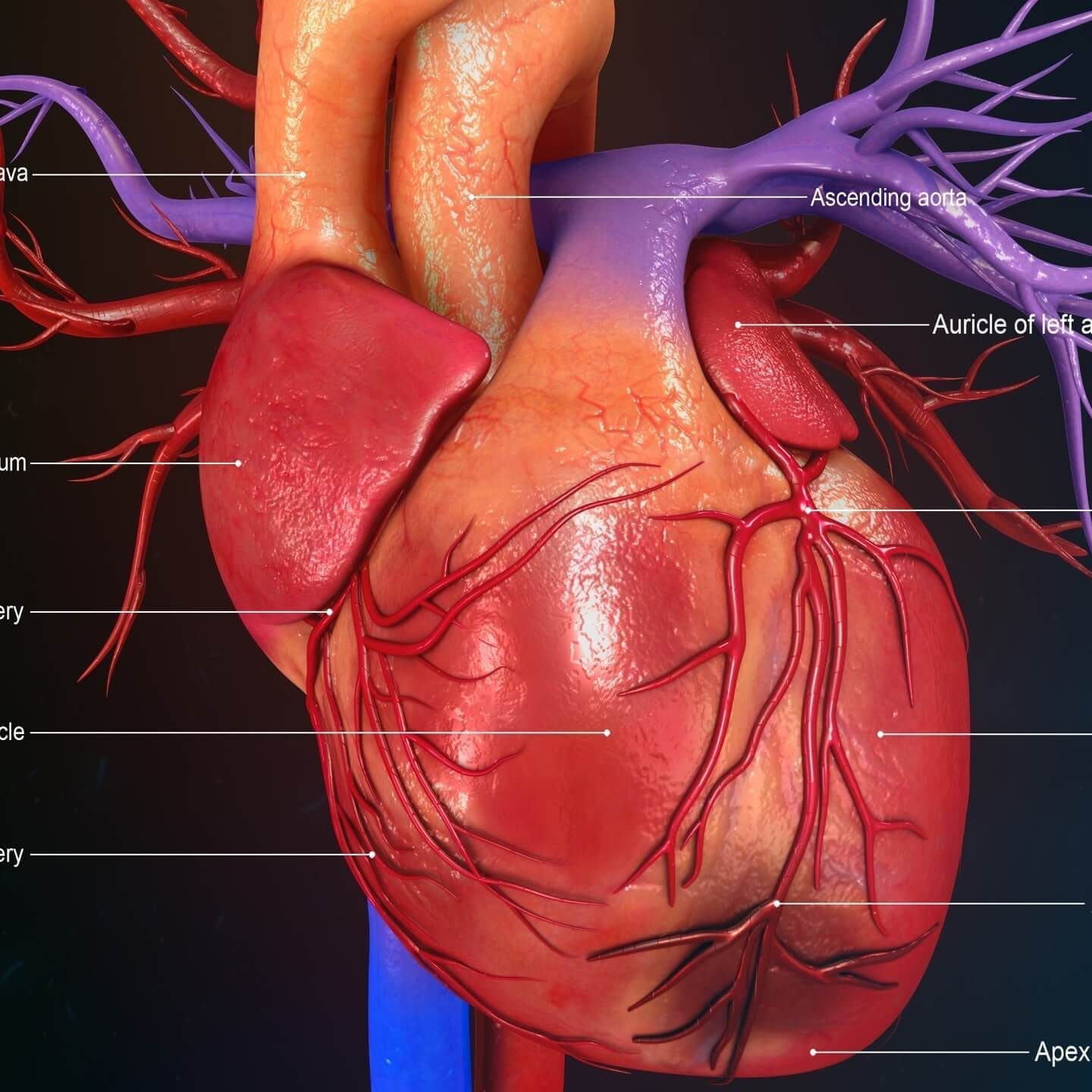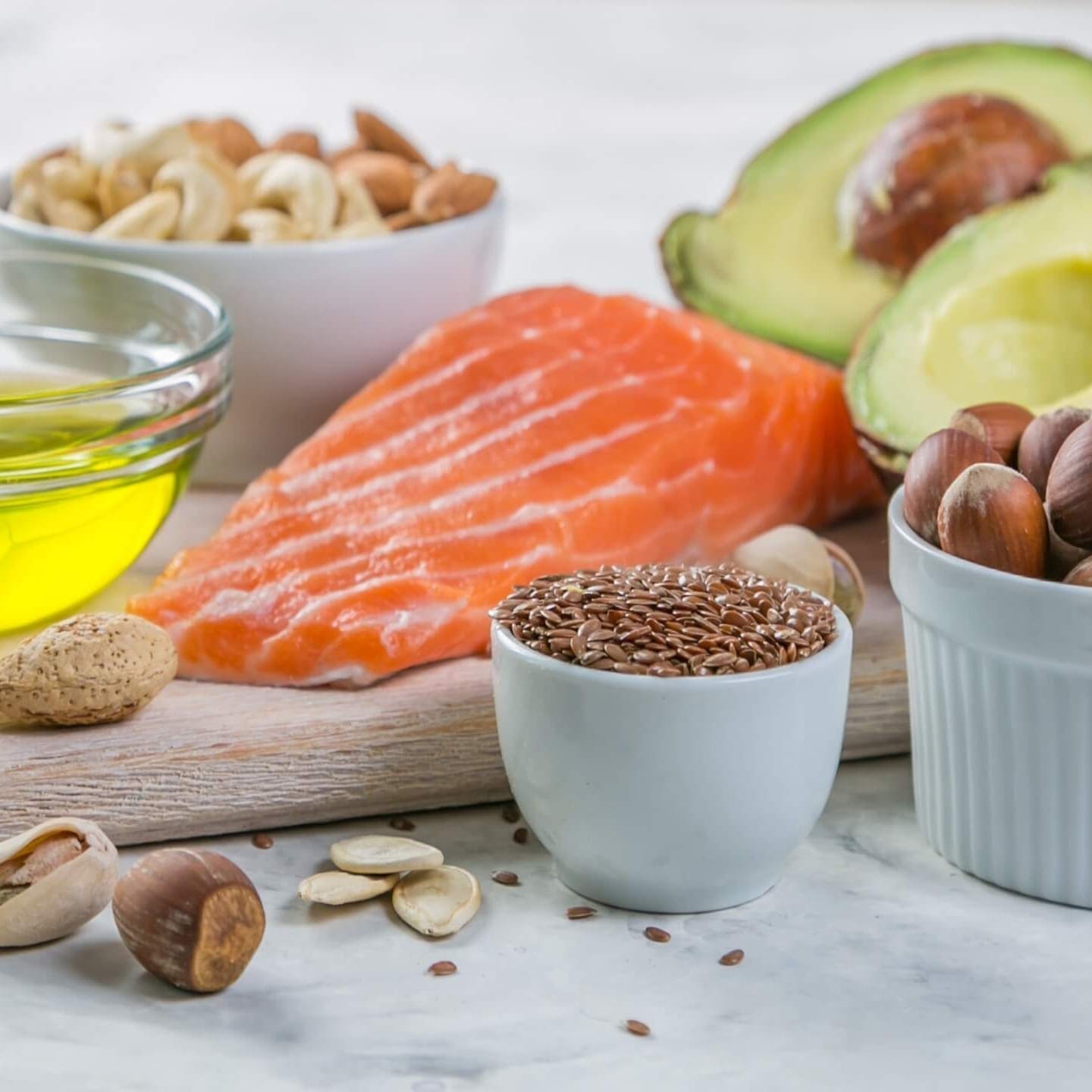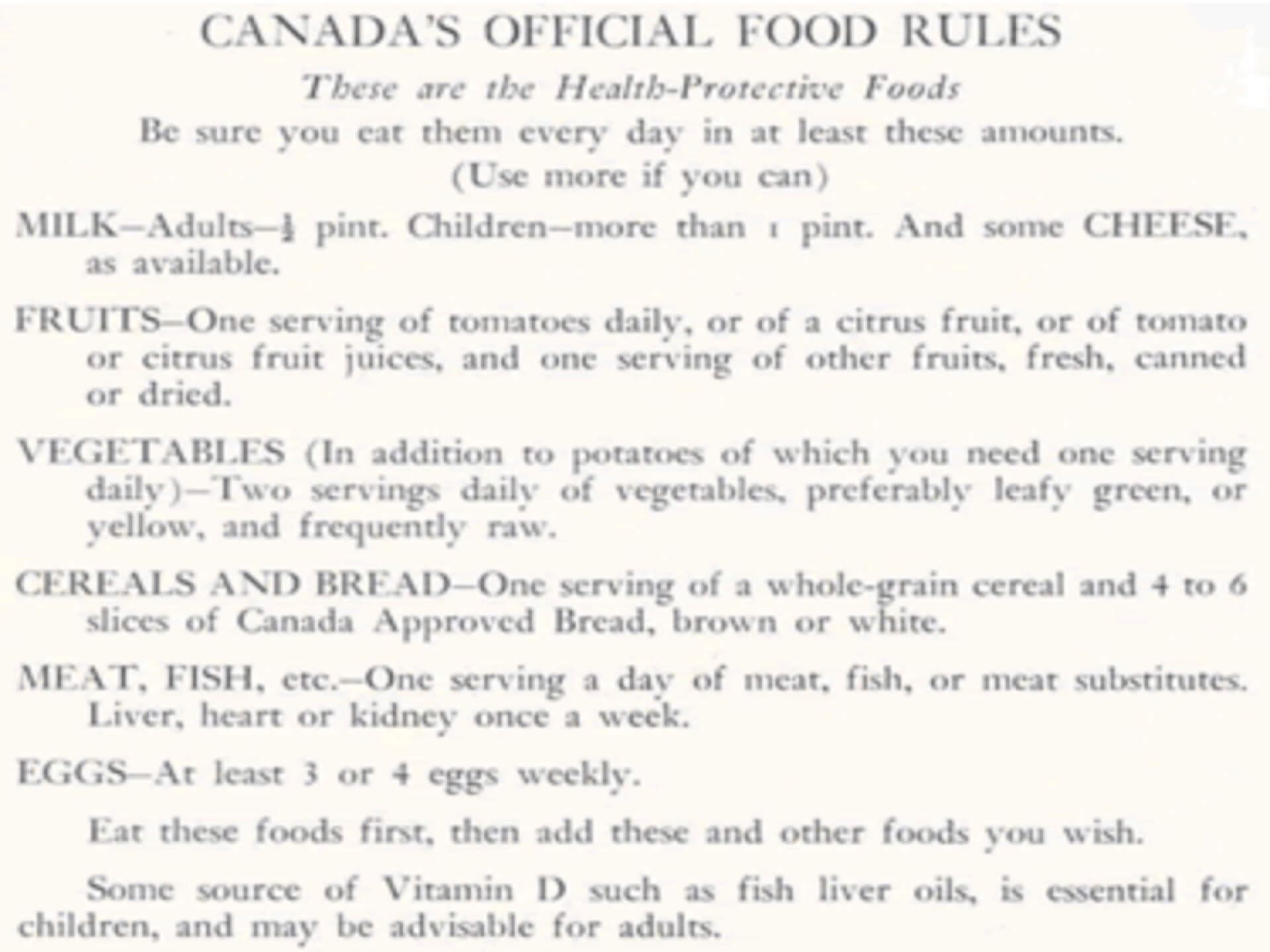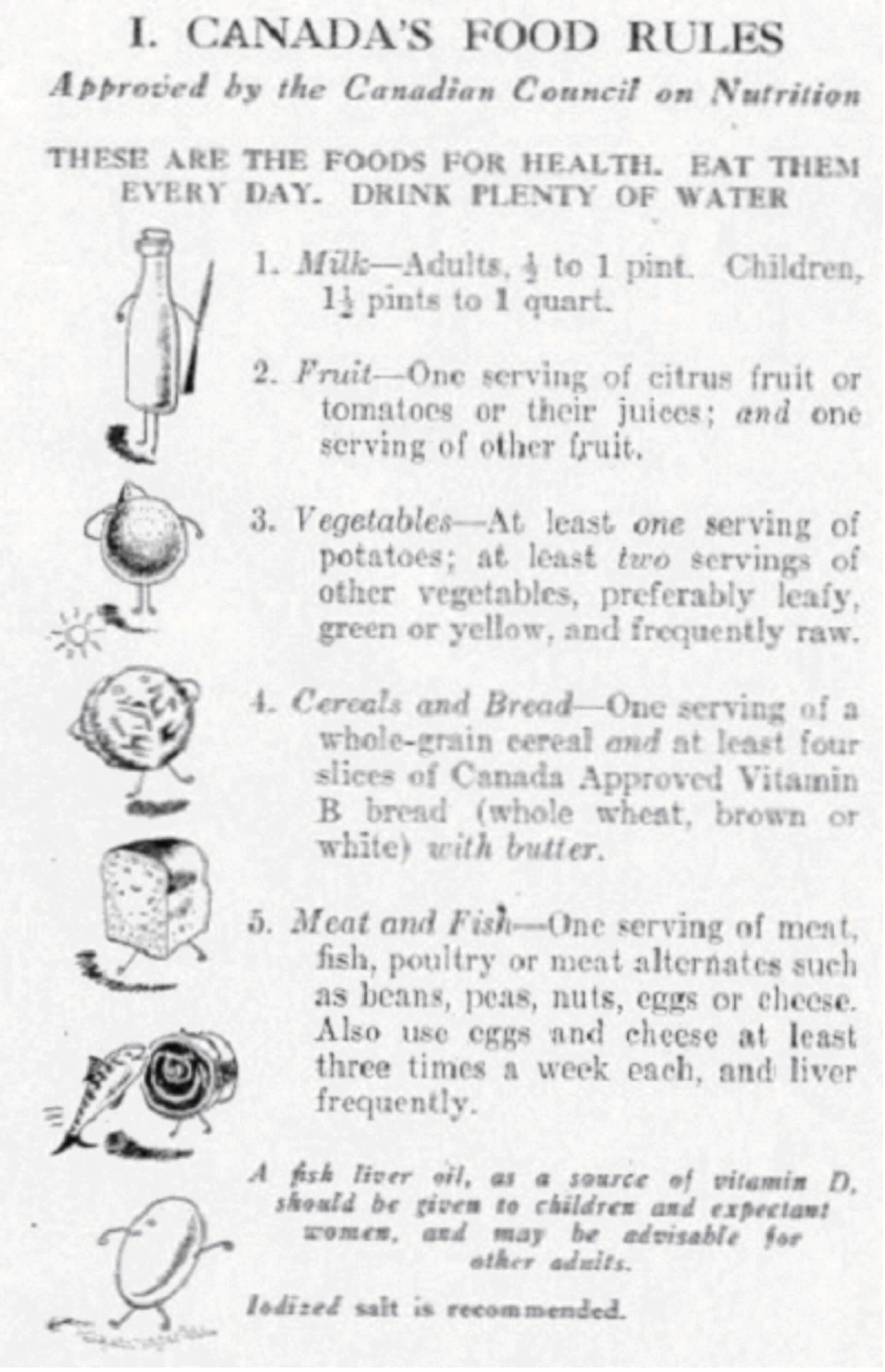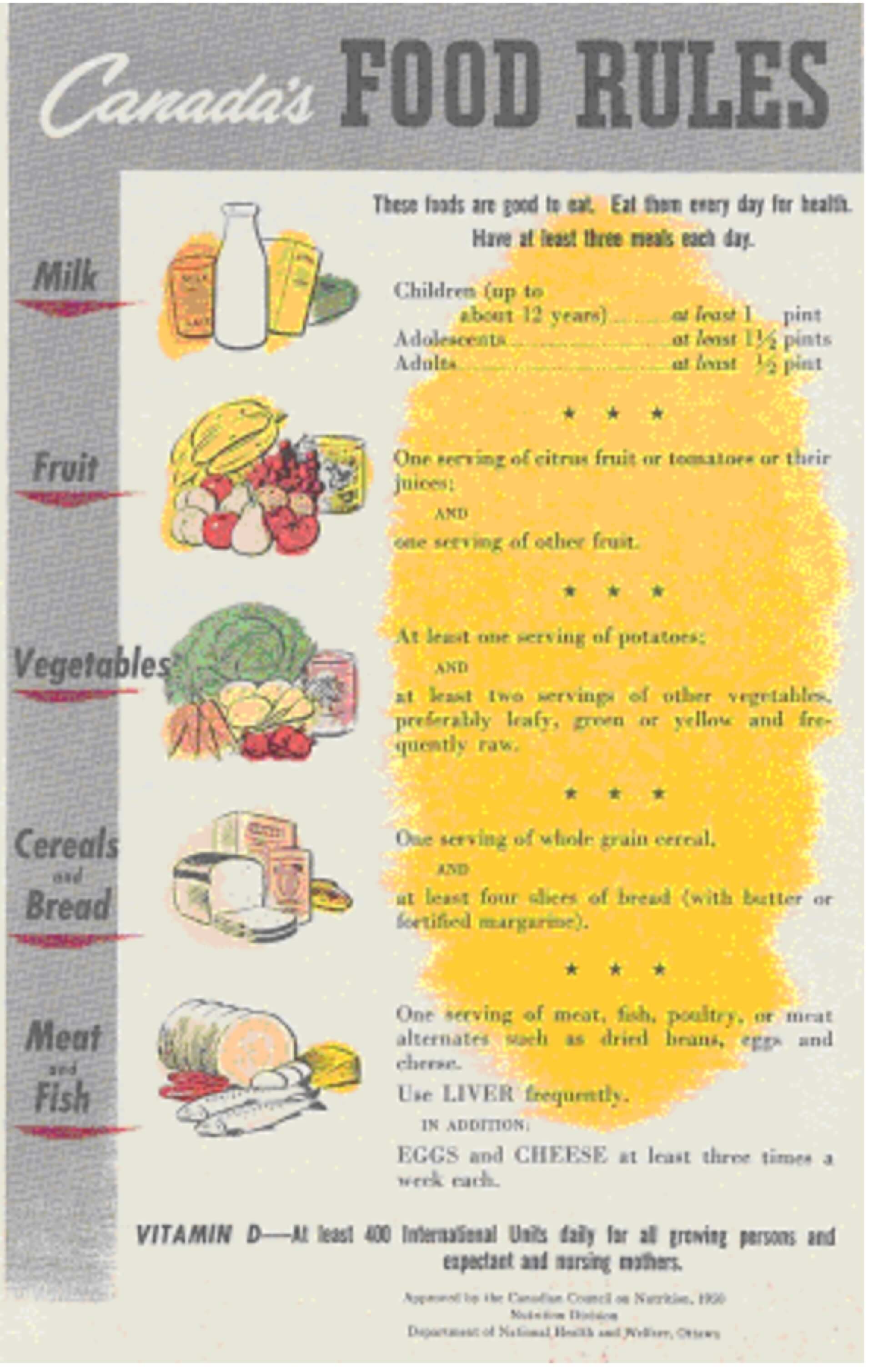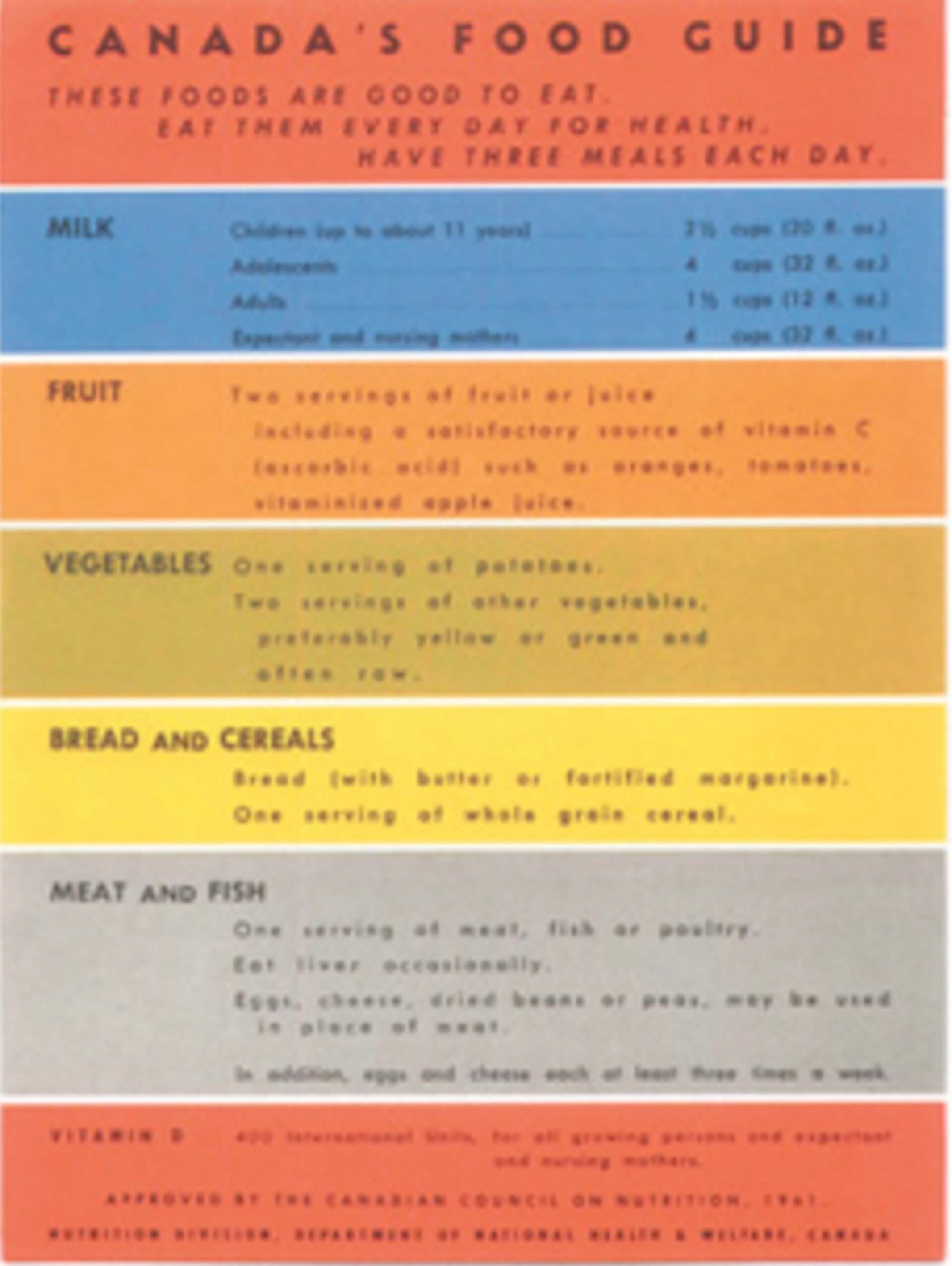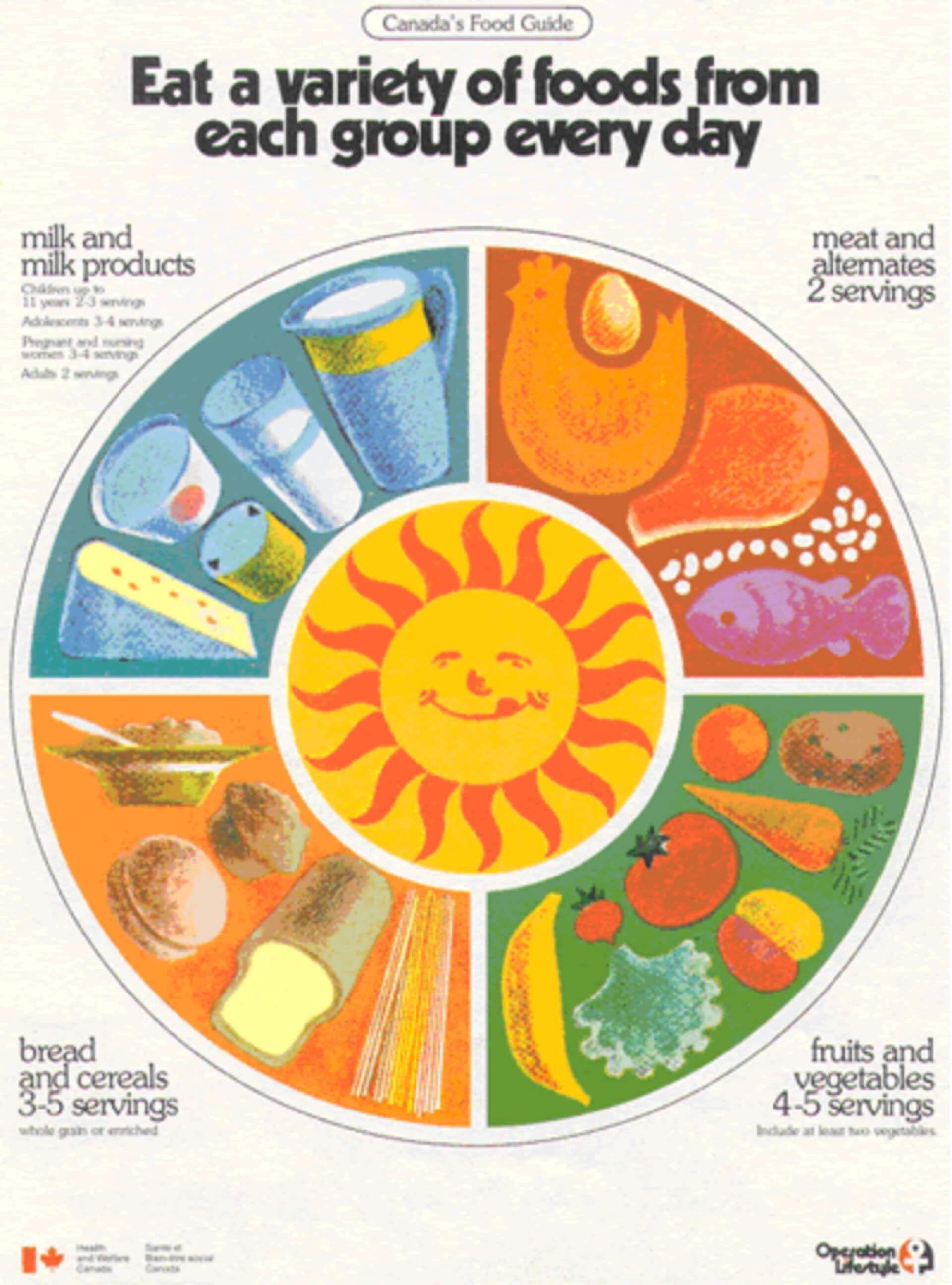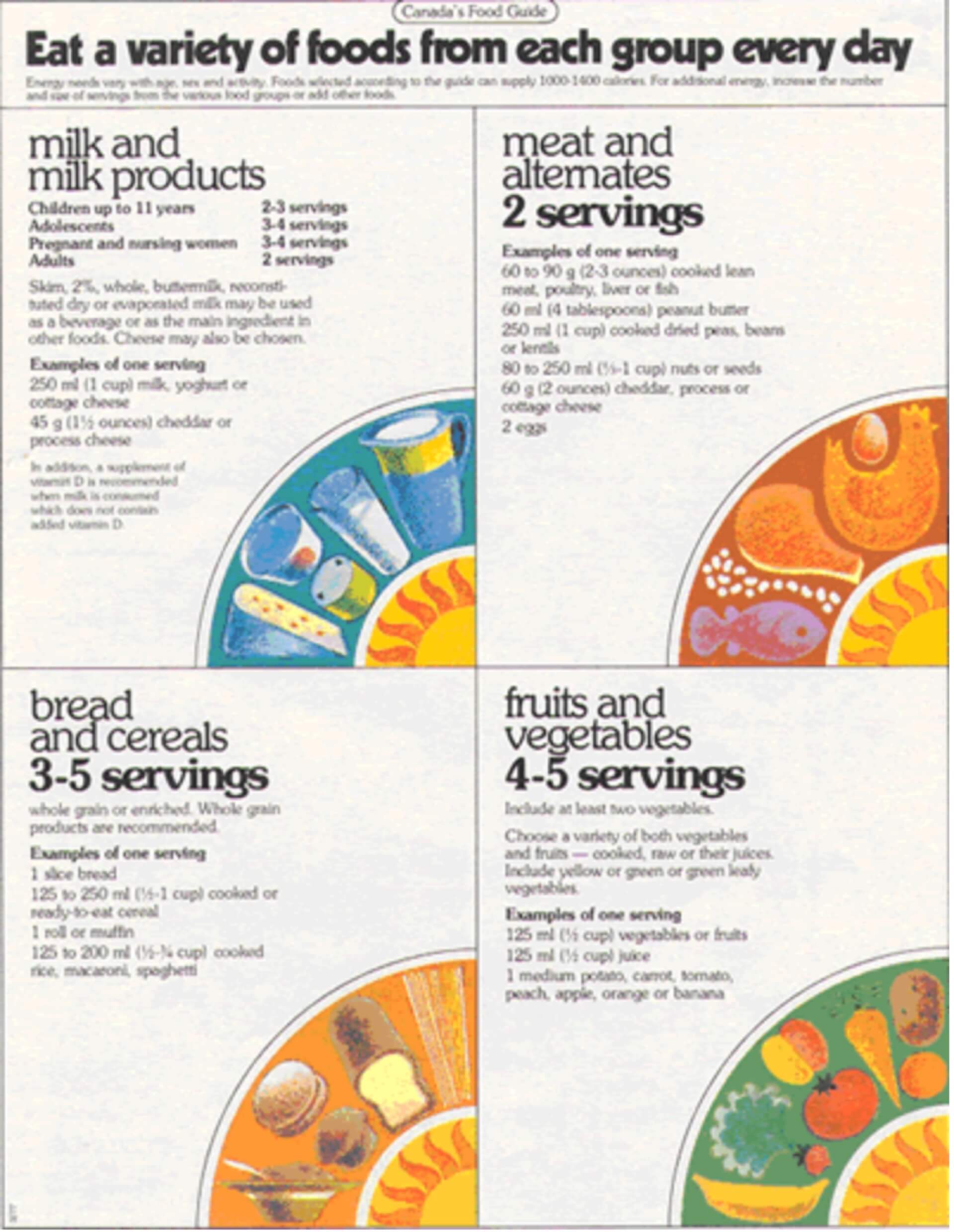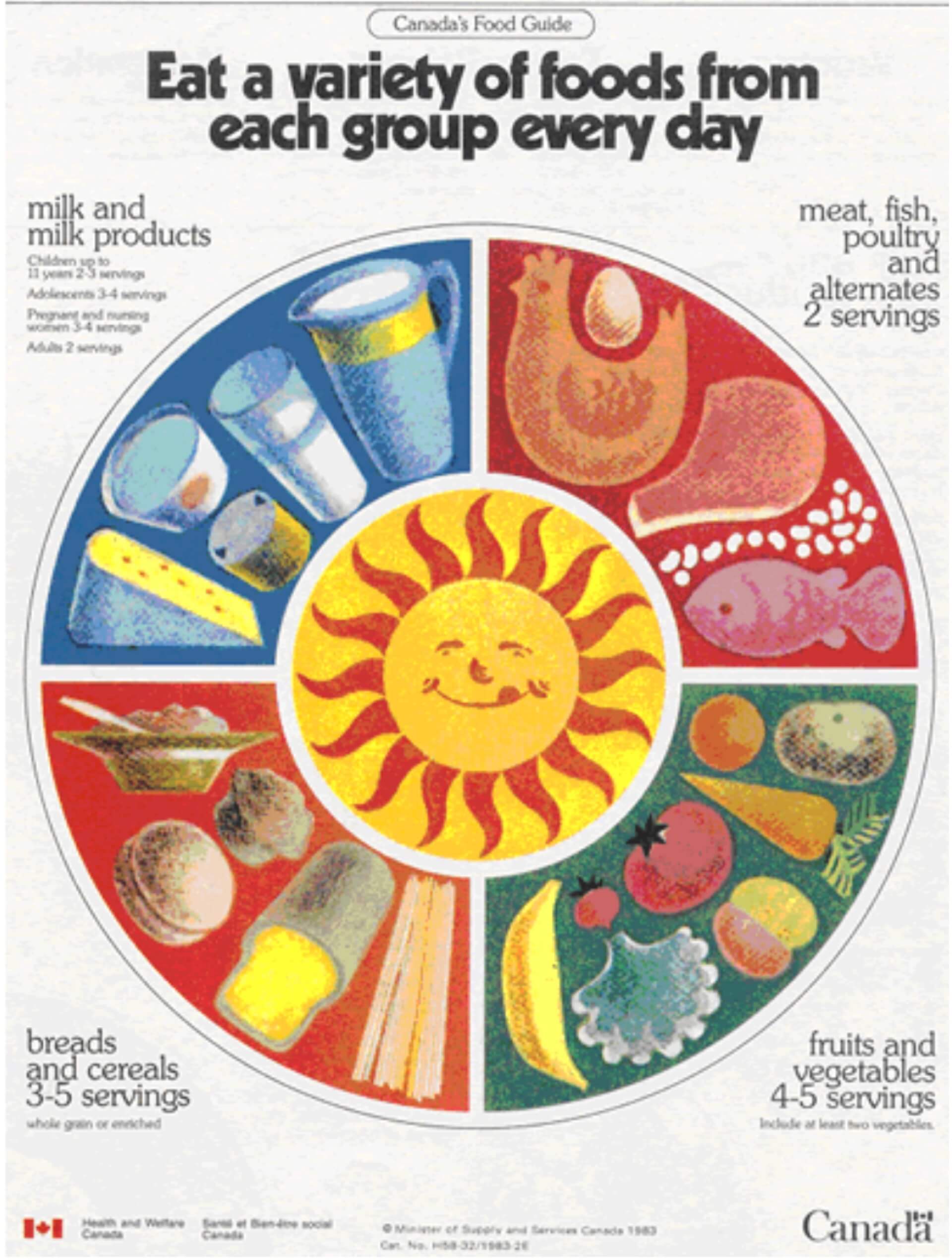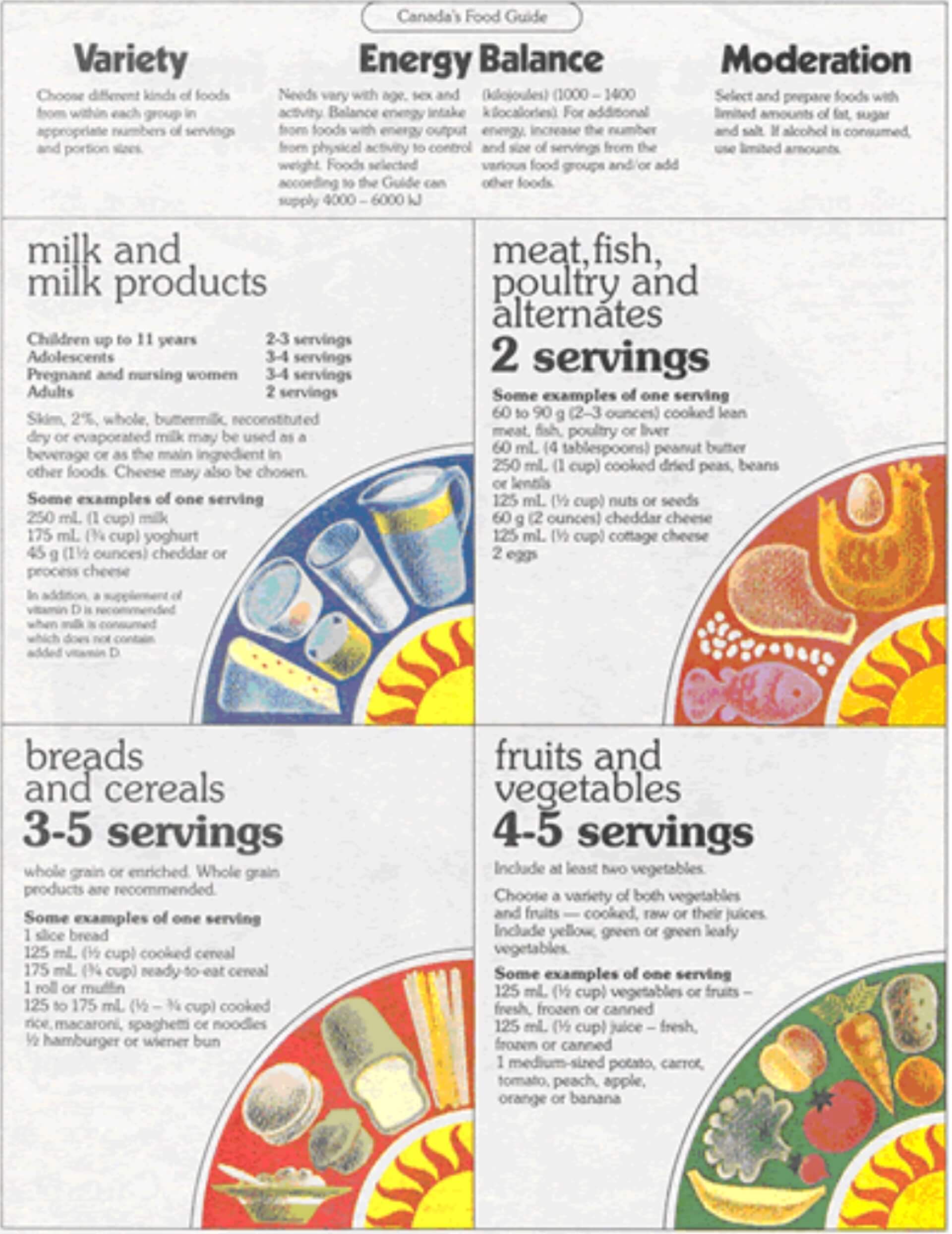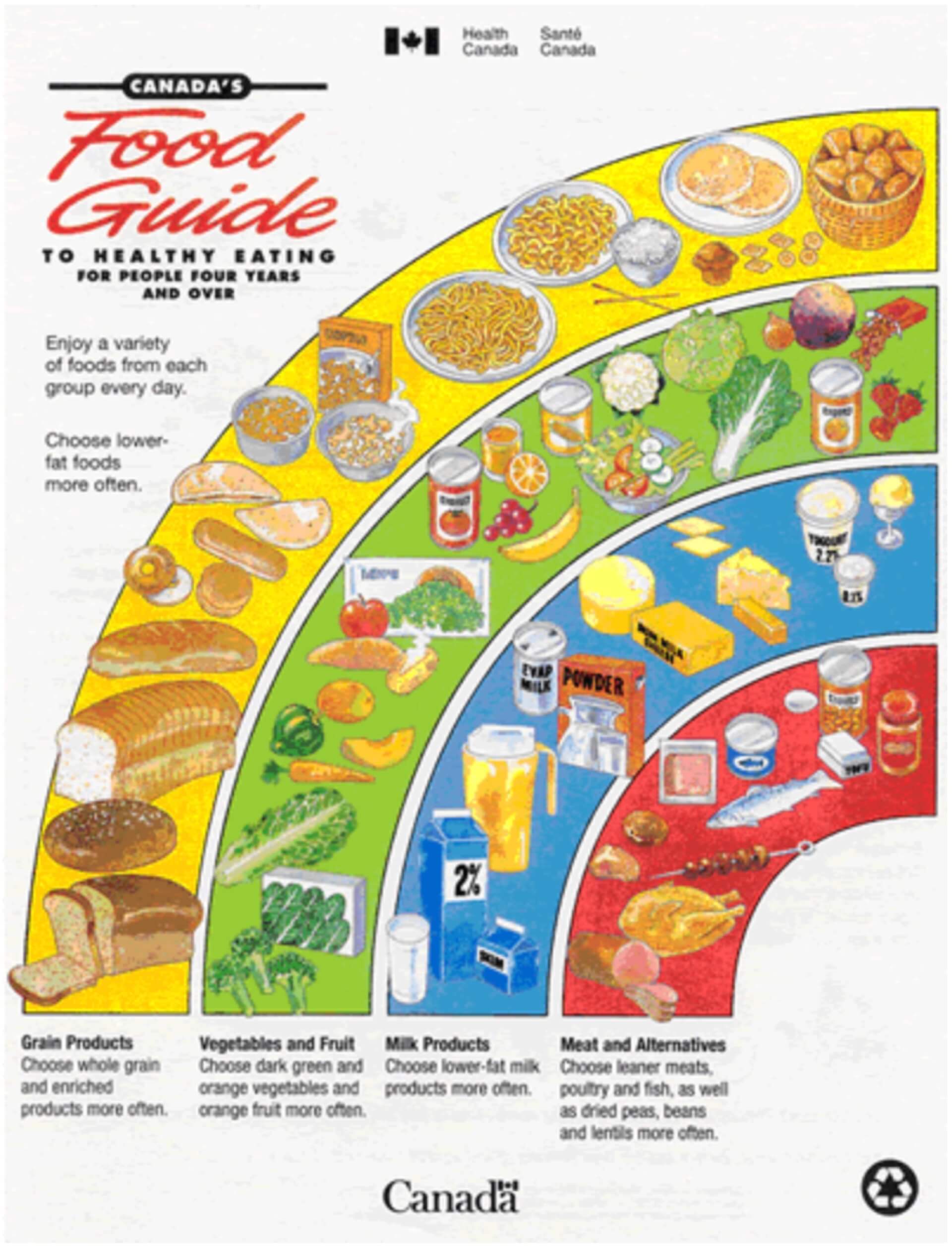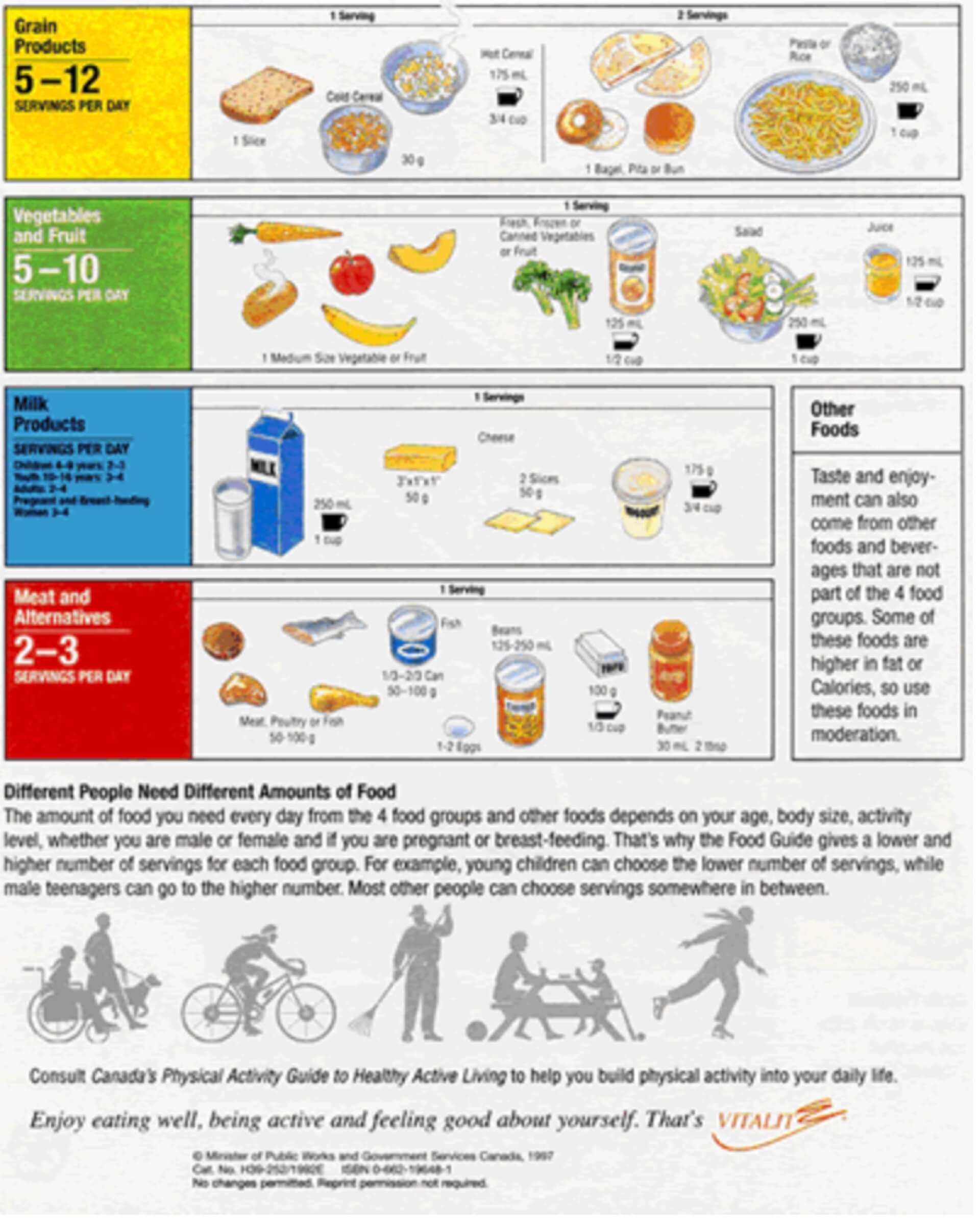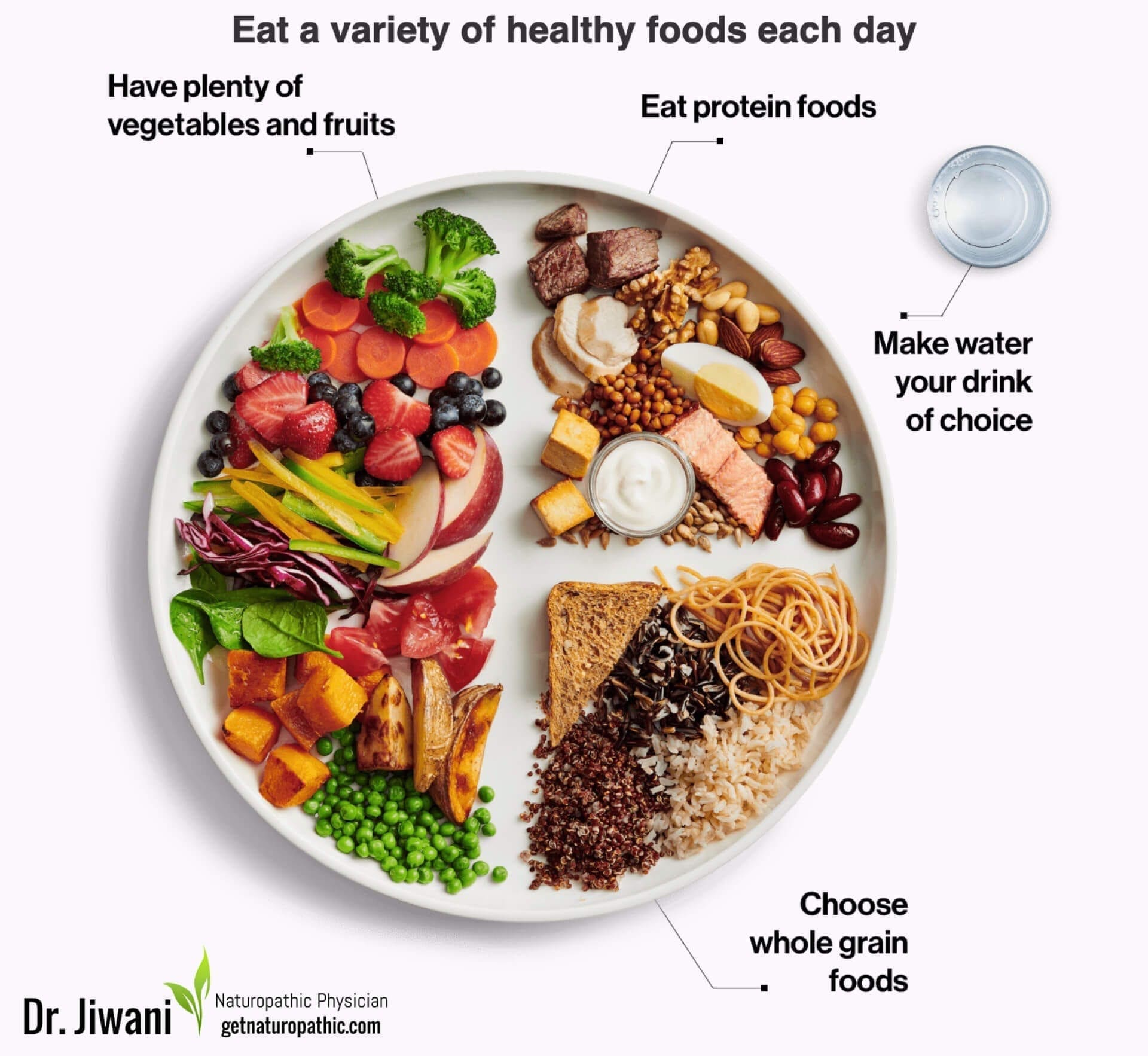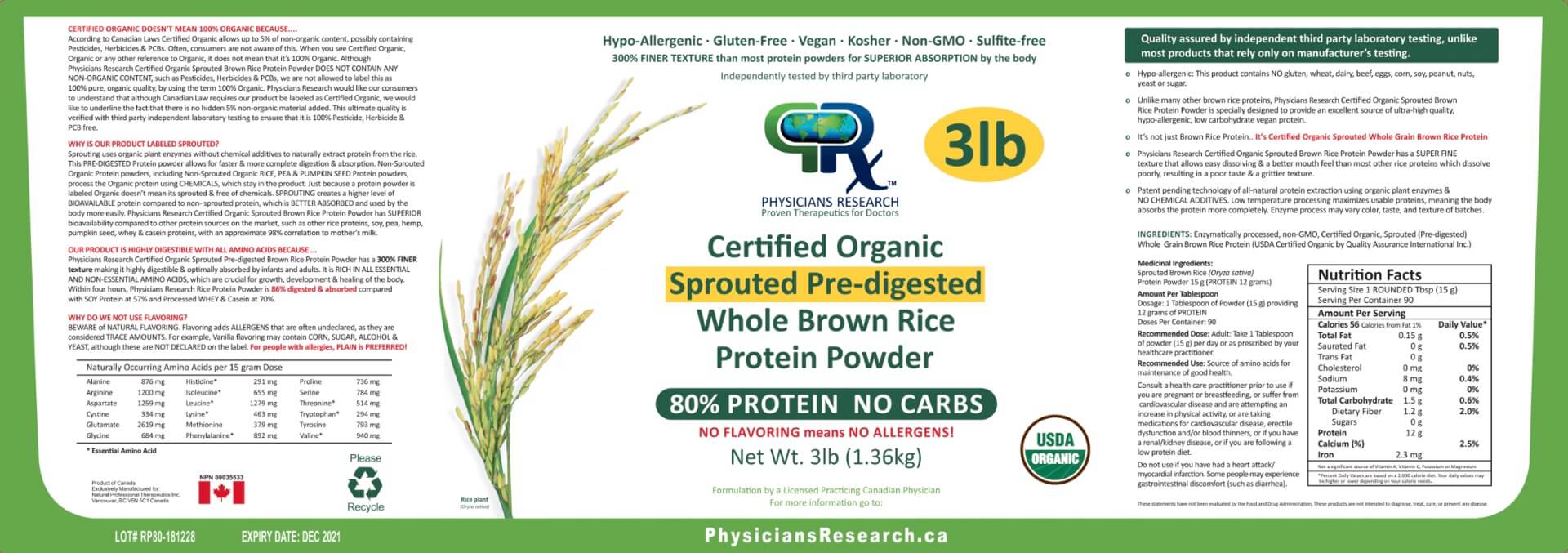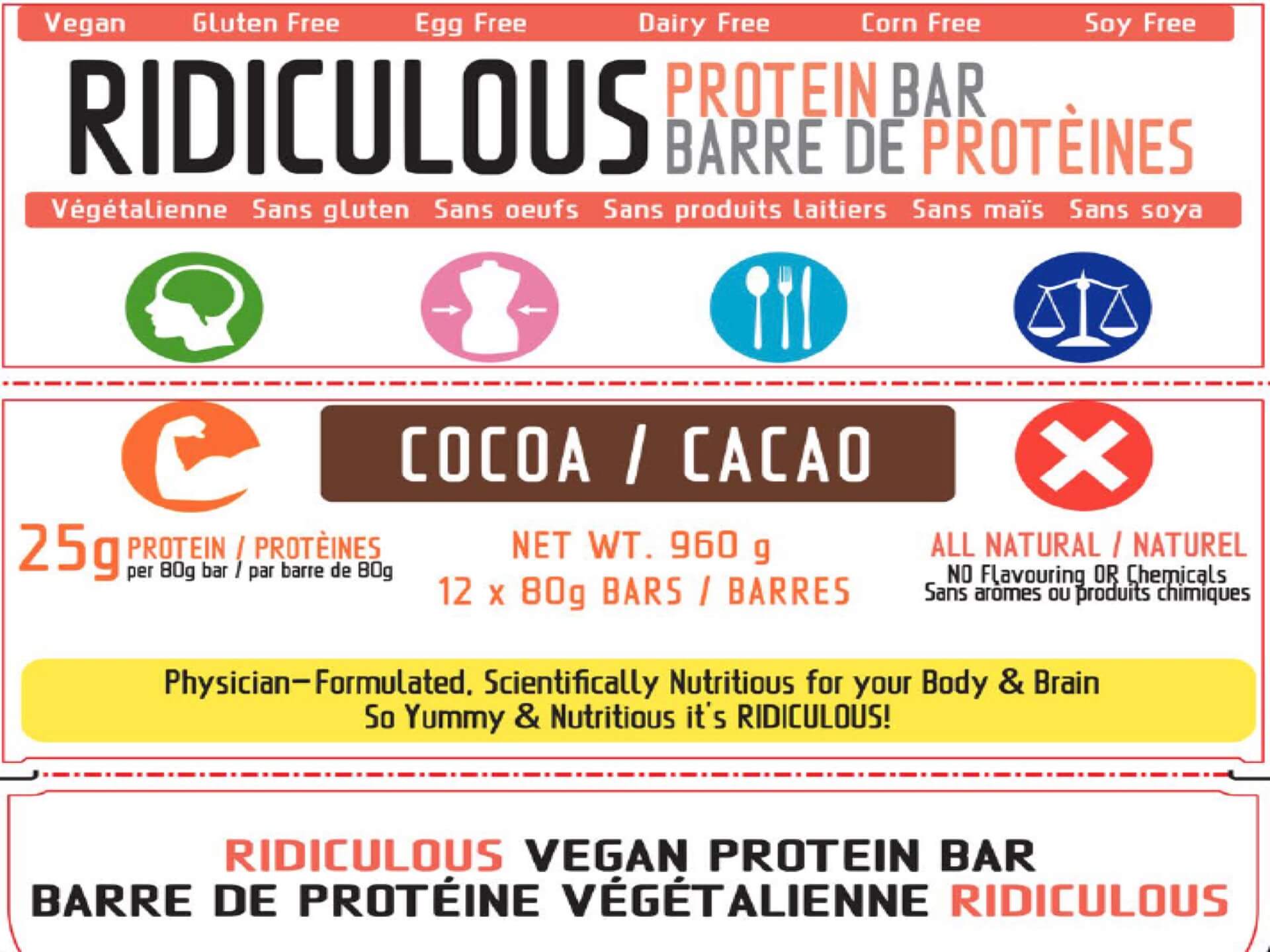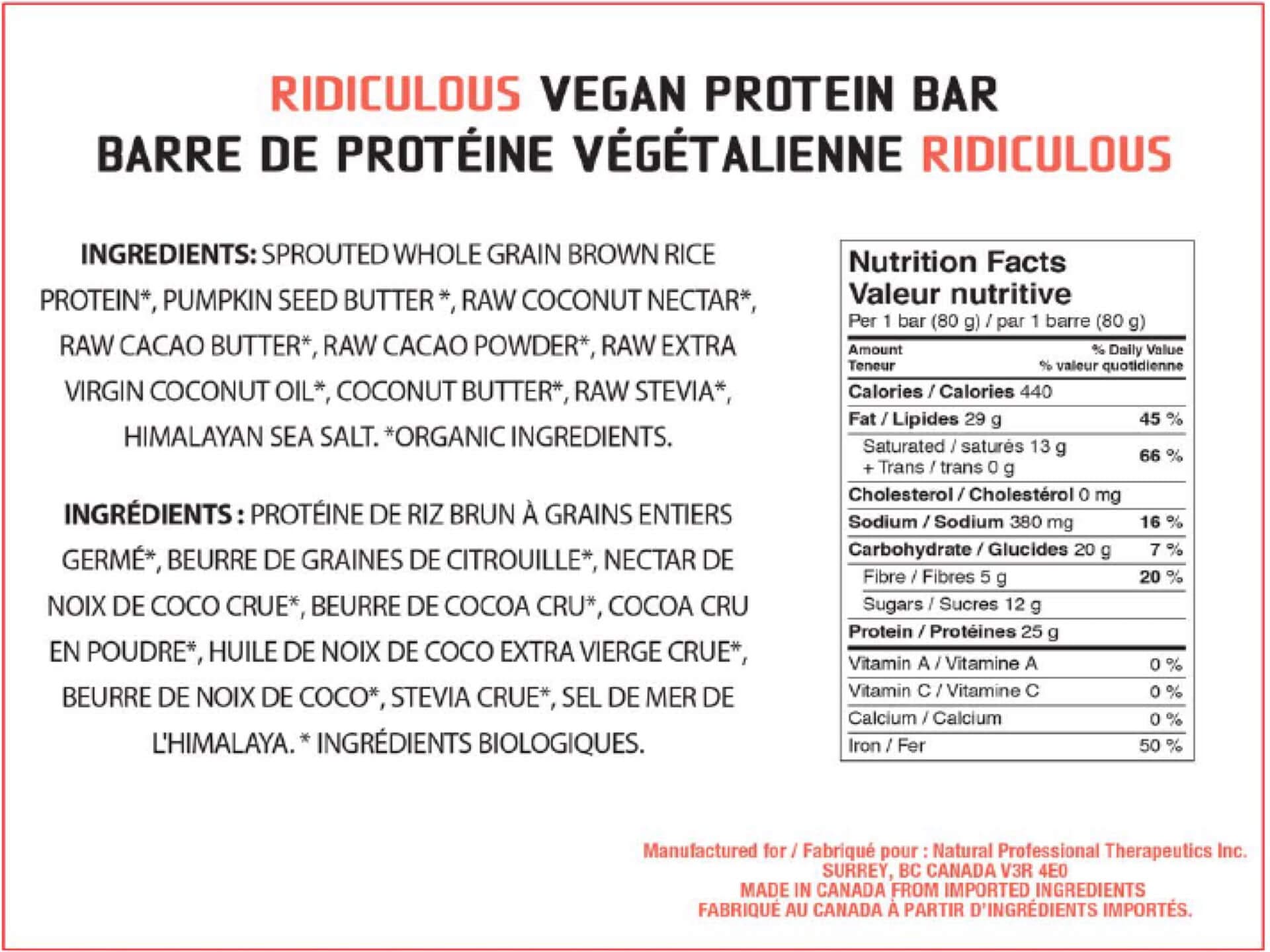Home »
Popular Posts
Canada’s New Food Guide: a Naturopathic Review
Naturopathic Nuggets about Canada’s New Food Guide
- Canada’s Food Guide of 2007 was a difficult, rigid outline with specific food groups and awkward serving sizes that recommended too many calories, and was influenced by the various food industries that affect Canada’s agricultural economy rather than Canadian’s nutritional health.
- Canada’s New Food Guide (2019) took twelve years to evolve with review of the latest research on food, nutrients and health and much consultation with the public, stakeholders & health professionals. Health Canada stayed true to their vision of a conflict-free food guide by excluding industry-commissioned reports, such as those from beef, dairy and sugar.
- Canada’s New Food Guide is simple and easy to understand, focusing less on portion sizes of exact categories and more on how to eat and what to avoid. Eat Well. Live Well.
- There is a greater emphasis on consuming a variety of proteins, including plant-based proteins, plenty of fruits & vegetables, drinking water instead of juice and less emphasis on dairy and meat.
- Canada’s New Food Guide even focuses on healthy lifestyle practices involving food, such as mindful eating, cooking at home and eating together. It educates consumers to read food labels, be wary of food marketing, and avoid salt, sugars & saturated fats.
- The guide is NOT saying to become vegetarian or vegan but rather to consider integrating plant-based proteins into your diet.
- The protein category includes many options in Canada’s New Food Guide including Poultry (Chicken, Turkey), Fish, Seafood, Meat, Eggs, Yogurt, Legumes, Nuts, Seeds, and Soy (Edamame Beans, Tofu, Soy Milk, Miso, Tempeh).
- Ultimately, a healthy diet is an individualized diet that abides by your food allergies, cultural traditions, moral and ethical beliefs, nutrient deficiencies & requirements based on metabolism and activity levels. Consult a Licensed Naturopathic Physician to help design the ideal diet for your optimal health.
Canada’s New Food Guide has taken twelve years to evolve from its previous format in 2007, after much consultation and review of the latest research examining the effects of diet on disease. As a naturopathic physician, with a Bachelor of Science in Human Nutrition, it has always been my mandate to treat the cause of symptoms by educating patients on the critical role that diet has to attain optimal health and achieve disease prevention. This entails designing individualized diets that take into account food allergies, nutrient deficiencies, as well as cultural, ethical and religious preferences. Read on to understand my take on Canada’s New Food Guide 2019.
Canada’s New Food Guide: Eat Well, Live Well
Eat Well. Live Well. This new mantra of Canada’s New Food Guide 2019 seems reflect Health Canada’s consistent goal of guiding food selection to promote the nutritional health of Canadians. This latest food guide is simple and easy to understand, focusing less on portion sizes of exact categories and more on how to eat and what to avoid. They have tried to create a guide that is more diverse, taking into account various cultural backgrounds, vegans & vegetarians, food allergies, as well as the impact of our food choices to advocate sustainability, minimize environmental impact and reduce food waste.
Canada’s New Food Guide places a greater emphasis on consuming a variety of proteins, including plant-based proteins, with less emphasis on dairy and meat. It recommends plenty of fruits & vegetables, and drinking water instead of juice. There is a focus on healthy lifestyle practices involving food, such as mindful eating, cooking at home and eating together. Interestingly, there is even consumer education about food marketing, reading food labels, and avoiding salt, sugars & saturated fats. Additionally, for institutions & policymakers, Canada’s New Food Guide provides healthy eating recommendations and standards to be served or sold in schools, daycares, recreation centres, workplaces, hospitals, and public & private health-care facilities.
Canada’s New Food Guide: A Journey Through History
The evolution of Canada’s New Food Guide is an interesting journey through history. It is important to know the past to understand the present, and the how & why of today’s nutritional recommendations.
1942 Canada’s Official Food Rules
Canada first implemented Official Food Rules because of the extent of malnourishment that prevented recruitment of soldiers to fight in World War II. These rules were to respect wartime rationing and to encourage people to eat more. Ironically, the Food Groups that have been long standing were rationed foods not essential, nutritious foods!
1944 Canada’s Food Rules
Canada’s Food Rules advocated Water, Iodized Salt and more Milk due to Vitamin B2 requirements. Kidney & Heart recommendations were removed due to shortages, however Liver remained due to its nutritional benefits.
1949 Canada’s Food Rules
Five Food Groups arose as Milk was promoted, as was Bread (vitamin B), while Butter included Fortified Margarine. Vitamin D supplementation was recommended at 400 IU a day instead of Fish Oil.
1961 Canada’s Food Guide
Canada’s Food Guide replaces “Rules”. Five Food Groups evolved to include Fruits & Vegetables, Bread & Cereals. Milk intakes were specified for the Pregnant & Nursing, while Meat Alternates clarified as Eggs, Cheese, Dried Beans or Peas. Liver was now recommended occasionally instead of frequently.
1977 Canada’s Food Guide
- Revision guided by Nutrition Canada National Survey, 1973
- Dramatic colourful revision of wheel-like around a sun graphic.
- Four Food Groups: Serving suggestions included ranges for flexibility
- Milk Group becomes Milk & Milk Products
- Meat & Fish becomes Meat & Alternates
- Bread & Cereals allow Enriched Products to substitutes for Whole Grains
- Fruits & Vegetables combined due to overlapping nutrients
- Potato Serving deleted
1982 Canada’s Food Guide
- Revision advised by the Committee on Diet and Cardiovascular Disease
- Messages: Variety, Balance Energy input with output, Moderation
- Past Food Guide prevented nutrient deficiencies
- This Food Guide integrated the goal of reducing chronic disease
- Limit Fat, Sugar, Salt & Alcohol
- Meat Group changed to Meat, Fish, Poultry & Alternates
1992 Canada’s Food Guide to Healthy Eating
- Title reflects the goal
- Four Food Groups: Grain Products, Vegetables & Fruit, Milk Products, Meat & Alternatives
- Different philosophy of total diet approach of choosing foods versus minimum requirements
- More Servings from Grain Products, Fruits & Vegetables recommended
2007 Eating Well with Canada’s Food Guide
- Revisions due to updated nutrient reference values, increasing nutrition-related chronic illness, consultation with food industries, evolving food supply and changing environment.
- Milk Products become Milk & Alternatives acknowledging alternative food sources of calcium
- Reduction Trans Fats, Choose Unsaturated Fats instead of Saturated Fats
- Vitamin D supplement recommended for those over 50 years
- Regular Exercise
- Tailored for Aboriginal populations
- Education on Food Label interpretation to allow healthy food choices
Canada’s New Food Guide: Criticisms of the Past
Although twelve years in the making, Canada’s New Food Guide is long awaited due to the many public and expert criticisms of the previous guide of 2007.
The primary flaws of the 2007 Canada’s Food Guide are:
- CALORIES: the sheer amount of calories recommended are not conducive to weight loss or weight maintenance.
- COMPLICATED: the lengthy food guide projects a complicated, ineffective message, ie. hard to understand.
- AWKWARD: the serving sizes are not uniform (cups, ounces, teaspoons) especially since people don’t measure their food and don’t know what these “servings” look like.
- EXCLUSIVE: the food guide does not represent the cultural diversity of Canada, as some foods recommended are not ethically or religiously acceptable. There are no alternative recommendations for these groups nor for those with food allergies.
- BIASED: the inherent conflict of various food industries influencing the recommendations of Canada’s Food Guide for their financial benefit. Examples of these multi-billion dollar industries include the dairy, beef and sugar industries which play a critical role in Canada’s agricultural economy.
Canada’s New Food Guide: Evolving to a Healthier Future
Critical changes to Canada’s New Food Guide include:
- Omitted Food Groups, Servings & Portions; Instead a Visual Balanced Plate
- Shift from WHAT we eat to HOW we eat
- Emphasis on More Water, Less Alcohol & Sugar Beverages (Juice, Pop, Chocolate Milk etc)
- Recognizing Plant-Based Proteins as Substitutes for Vegan & Vegetarians
- Limiting Ultra-Processed, Prepared Foods, Saturated Fats, Excess Sodium & Excess Sugars
- Online Resources & Mobile Responsive Web Information for help anywhere, anytime
- Considerations for Indigenous Populations, Cultural Diversity & Environmental Sustainability
- Additional dietary counselling will be needed by individuals with unique dietary requirements and should enlist expert help, such as that of a Licensed Naturopathic Physician
Canada’s New Food Guide: Highlights to Health
Canada’s New Food Guide has become a more simple, practical and comprehensive guide to health. Visual guidelines supersede the days of measuring servings and counting food groups.
Visual Balanced Plate
The Visual Balanced Plate encompasses healthier recommendations of proportions over portions:
-
- Fruits & Vegetables (Fresh, Frozen, Canned) ½ plate
- Proteins (Meat, Poultry, Seafood, Legumes, Nuts & Seeds, Milk & Yogurt) ¼ plate
- Whole Grains (Brown Rice, Whole Grain Bread, Whole Grain Pasta, Quinoa ¼ plate
- Beverages (Water as the drink of choice to promote hydration and limit sugary & alcoholic beverages)
Healthy Eating Habits
Healthy Eating Habits are discussed in Canada’s New Food Guide as “Healthy Eating is More than the Foods You Eat” to include:
-
- Mindful Eating: understand emotions, hunger and fullness cues
- Cook More Often: teach your family members to cook, as it is an essential survival skill
- Enjoy Your Food: savouring your food makes you more mindful, makes you more cognizant of what you put into your body, while advocating more home cooking and less processed food
- Eat Meals with Others: connect with your family to revive the lost art of communication
- Read Food Labels: education in reading labels is critical to understand healthy eating
- Limit Foods High in Sodium, Sugars & Saturated Fats: a key recommendation given the link between these empty calories and disease
- Beware of Food Marketing: with screens everywhere, we must understand the impact that fast food & processed food promotion has on our psyche, cravings and health overall
Canada’s New Food Guide: Should I Become Vegetarian?
From the topic of plant-based proteins discussed in Canada’s New Food Guide, a common question arises about vegetarianism from patients. The guide is NOT saying to become vegetarian or vegan but rather to consider integrating plant-based proteins into your diet. The protein category includes many options in Canada’s New Food Guide including Poultry (Chicken, Turkey), Fish, Seafood, Meat, Eggs, Yogurt, Legumes, Nuts, Seeds, and Soy (Edamame Beans, Tofu, Soy Milk, Miso, Tempeh).
Canada’s New Food Guide: Plant-Based Problems
There are two issues with most plant-based proteins. Firstly, many plant-based proteins are highly allergenic which means they are common food allergies for those with symptoms. Secondly, not all plant-based proteins are alike, as most are not “complete” proteins. A complete protein is one that contains all the amino acids essential for survival, growth & repair.
Canada’s New Food Guide: Plant-Based Solutions
As such, I recommend patients substitute some meat meals with a protein shake or smoothie. In order to ensure you consume a “complete” protein, it is essential to make your protein shake (smoothie) using a hypoallergenic, plant-based protein powder, Certified Organic, 100% Organic Sprouted Pre-Digested Whole Brown Rice 80% Protein Unflavoured. For portable convenience, I recommend the plant-based protein bar, Ridiculous Protein Bar 80g Cacao (Chocolate), as it is a HIGH Protein (25g) LOW Carb (15g) Organic Superfood, (Low Carb, Gluten-Free, Dairy-Free, Egg-Free, Corn-Free, Soy-Free, Sugar-Free, suitable for Diabetic, Vegan, Paleo, Keto & Candida Diets) and a healthier substitute to fast food.
*Flavouring contains Allergens often undisclosed on the label
Canada’s New Food Guide: Rice vs. Soy vs. Pea vs. Hemp Protein
Soy & Pea Protein Powders are other plant-based protein options but they tend to be highly refined, highly allergenic (Legume Family). Rice Protein is often diluted with Soy & Pea Proteins to reduce the expense as Rice Protein is a more complete, pure, hypoallergenic, costly protein. Hemp Protein is another less processed option however it is only 50% protein, difficult to digest, gritty in texture with a challenging, grassy taste. The amounts required of Hemp Protein are 400% more compared to Rice Protein to achieve the same amount of protein grams. Since large amounts of Hemp Protein are required to equate to Rice Protein, in addition to the difficulty in flavour, texture & expense, Hemp Protein is a less viable plant-based protein alternative.
Canada’s New Food Guide: Research, Review & Consult
Health Canada reviewed massive amounts of research to create Canada’s New Food Guide to strengthen healthy eating recommendations, while communicating guidance to the public, policy makers and health professionals.
Research & Review
- Evidence from high quality scientific reports on food, nutrients & health including systematic reviews on over 100 food-related topics, with 400 conclusions called the Evidence Review for Dietary Guidance 2015
- Continued review and assessment of emerging evidence is summarized in Food, Nutrients and Health: Interim Evidence Update 2018
- Best and most recent evidence from high-quality, peer-reviewed systematic reviews and reports from leading scientific organizations and governmental agencies
Consultation
- Discussion with Canadians and stakeholders to ensure that Canada’s New Food Guide would be use, easy to understand and apply. Revision Report of Fall 2016 summarizes 20,000 responses received.
- Online discussions, focus groups, more open consultation led to Phase 2 Report from 6,700 contributors.
- Extensive focus testing with Canadians and Health Professionals to develop tools & resources.
- Health Canada Officials did NOT meet with food & beverage industry representatives, however online public consultations were open to all stakeholders.
- Transparency of stakeholder communications was key to achieve healthy eating initiatives. Health Canada felt is was important to ensure conflict-free development of dietary guidance for the health of Canadians.
- Industry-commissioned reports were purposefully excluded to reduce the potential & perception of conflict of interest.
- Canada’s Dietary Guidelines for Health Professionals and Policy Makers, shows the evidence and rationale for Health Canada’s decisions in designing Canada’s New Food Guide of 2019.
Canada’s New Food Guide: Challenges
Canada’s New Food Guide brings a few challenges into its practical use:
- The first challenge is personalizing this information for your food allergies, cultural traditions, moral & ethical beliefs, nutrient deficiencies and requirements based on your current health, metabolism and activity levels. This is where expert help may be necessary to diagnose and define your particular unique needs. A Licensed Naturopathic Physician can assist with this and design an individualized diet for your specific goals, whether they are to overcome health issues, address nutrient deficiencies, avoid food allergies, hormonal imbalances, prevent disease, improve sports performance, achieve fat loss & muscle gain, while ensuring veganism or vegetarianism is done healthfully.
- The second challenge is turning knowledge into action. Sometimes knowing what you need to do, doesn’t always mean you understand how to implement it. Professional help may be necessary initially to help you to navigate the necessary planning, cooking and preparation required to implement healthy eating.
- The third challenge is more difficult and needs to be addressed at the government level. As it stands, for many facing poverty and food insecurity, following Canada’s New Food Guide is difficult when processed foods are initially less expensive, although the long term health consequences are costly. But when you live hand-to-mouth on a dime, you take what you can get to feed your family.
Food Banks BC helps over 100,000 people of which 1 in 3 are children. While Food Banks BC has refrigeration to collect dairy, fresh food and meats from grocery stores that would otherwise throw it out, most food banks provide mostly dried and canned items. Through their National Food Sharing System, Food Banks Canada acquires and shares large industry donations of food and consumer products and coordinate national-level and large-scale food drives for their food bank network, from corporations such as Kraft Canada, Kelloggs, Canada Dry Motts, General Mills, P&G, and many more. Check out more information on Food Banks BC FAQs.
Canada’s New Food Guide: Fixed or Flexible?
Canada’s Food Guide has mostly been just a guide, rather than a diet written in stone. I am happy to say that Canada’s New Food Guide encompasses more functional concepts for not only what we are eating, but how, where, when and who with. Although one guide cannot efficiently reflect all of our needs, it is important to view Canada’s New Food Guide as a stepping stone to personalizing an optimal diet to help you achieve your ideal health goals.
Canada’s New Food Guide: Individualize It!
Ultimately, a healthy diet is an individualized diet that incorporates food options that abide by your food allergies, cultural traditions, moral & ethical beliefs, nutrient deficiencies and requirements based on your metabolism and activity levels. Whether you are vegan, vegetarian or flexitarian, an environmentally sustainable approach that reduces meat consumption with more plant-based food choices, consult a Licensed Naturopathic Physician to help design the ideal diet for your optimal health.
Related 9 Surprising Symptoms Of Food Allergies
References
Canada H. Canada’s Food Guide Consultation – Phase 1 What We Heard Report – Canada.ca [Internet]. Canada.ca. 2019 [cited 10 April 2019]. Available from: https://www.canada.ca/en/health-canada/services/publications/food-nutrition/canada-food-guide-phase1-what-we-heard.html
Canada S. Canada’s Food Guide Consultation – Phase 2: What We Heard Report – Canada.ca [Internet]. Canada.ca. 2019 [cited 10 April 2019]. Available from: https://www.canada.ca/en/services/health/publications/food-nutrition/canada-food-guide-phase2-what-we-heard.html
Canada H. Evidence Review for Dietary Guidance: Summary of Results and Implications for Canada’s Food Guide – Canada.ca [Internet]. Canada.ca. 2019 [cited 10 April 2019]. Available from: https://www.canada.ca/en/health-canada/services/publications/food-nutrition/evidence-review-dietary-guidance-summary-results-implications-canada-food-guide.html
Canada H. Food, Nutrients and Health: Interim Evidence Update 2018 – Canada.ca [Internet]. Canada.ca. 2019 [cited 10 April 2019]. Available from: https://www.canada.ca/en/health-canada/services/canada-food-guide/resources/evidence/food-nutrients-health-interim-evidence-update-2018.html
Canada H. History of Canada’s Food Guides from 1942 to 2007 – Canada.ca [Internet]. Canada.ca. 2019 [cited 10 April 2019]. Available from: https://www.canada.ca/en/health-canada/services/canada-food-guide/about/history-food-guide.html
Canada H. Revision process for Canada’s food guide – Canada.ca [Internet]. Canada.ca. 2019 [cited 10 April 2019]. Available from: https://www.canada.ca/en/health-canada/services/canada-food-guide/about/revision-process.html
Canada H. Transparency of stakeholder communications for healthy eating initiatives – Canada.ca [Internet]. Canada.ca. 2019 [cited 10 April 2019]. Available from: https://www.canada.ca/en/services/health/campaigns/vision-healthy-canada/healthy-eating/transparency-stakeholder-communications-healthy-eating-initiatives.html
Canadian Dairy Industry at a Glance – Canadian Dairy Information Centre (CDIC) [Internet]. Dairyinfo.gc.ca. 2019 [cited 10 April 2019]. Available from: http://www.dairyinfo.gc.ca/index_e.php?s1=cdi-ilc&s2=aag-ail
The Canadian Sugar Institute [Internet]. Sugar.ca. 2019 [cited 10 April 2019]. Available from: https://sugar.ca/Canadian-Sugar-Industry/Canadian-Sugar-Industry-Statistics/Shipments-and-Product-Types.aspx
Food guide snapshot – Canada’s Food Guide [Internet]. Food-guide.canada.ca. 2019 [cited 10 April 2019]. Available from: https://food-guide.canada.ca/en/food-guide-snapshot
Industry Stats » The Canadian Cattlemen’s Association [Internet]. Cattle.ca. 2019 [cited 10 April 2019]. Available from: http://www.cattle.ca/cca-resources/industry-stats/
National Food Sharing | Foodbanks BC [Internet]. Foodbanksbc.com. 2019 [cited 10 April 2019]. Available from: https://www.foodbanksbc.com/about-us/programs-initiatives/
This information is for educational purposes only and does not advocate self-diagnosis. Due to individual variability, consultation with a licensed health professional, such as a licensed naturopathic physician is highly recommended, prior to starting a natural treatment plan. For further information, see Terms of our Website.
Follow Dr. Jiwani
Popular Posts





